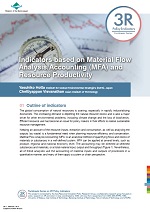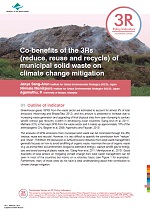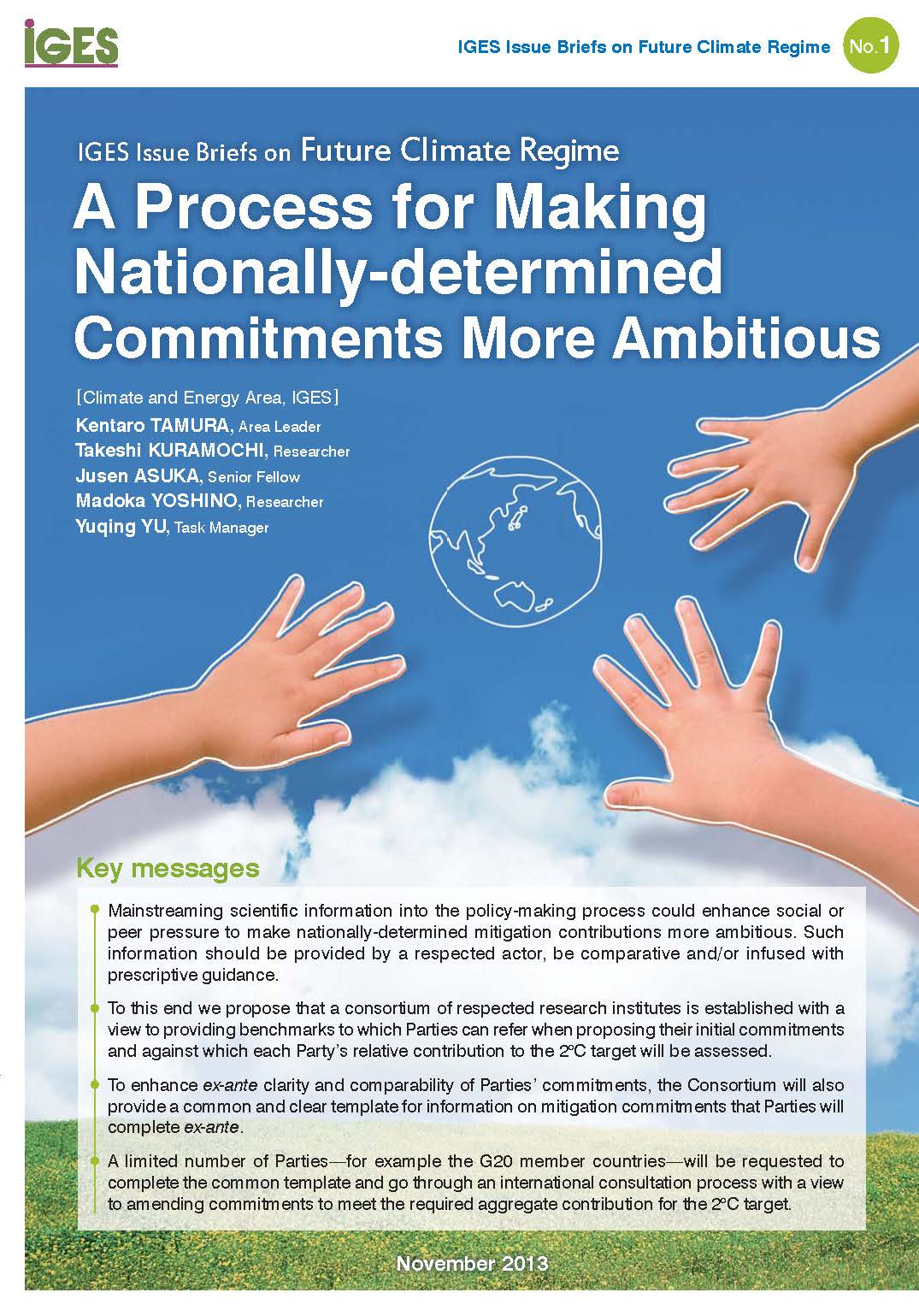Material Flow Analysis/Accounting (MFA) is one of the analytical tools that make it possible to monitor countries’ resource consumption trend and efficiency in resource use at the macro level. It uses already available production, consumption and trade data in combination with environmental statistics (OECD 2008). In principle, MFA can show not...
- Clear all
- Type: (-) Issue Brief
Results 61 - 70 of 88 (Sorted by date)
The indicator “co-benefits of the 3Rs (reduce, reuse, recycle) of municipal solid waste on climate change mitigation” aims to maximize use of resources which can significantly contribute not only to reduce GHG emissions but also to receive other co-benefits such as creating green jobs, improving social well-being, reducing health risks, enhancing...
Recently, negotiations have intensified over a post-2020 framework to address climate change. This framework is applicable to all the Parties to the UN Framework Convention on Climate Change (UNFCCC) and one of the most contentious issues is how diverse Parities with different national circumstances should contribute to the mitigation of greenhouse...
[Main messages] - Women are disproportionately susceptible to the risks of climate change but lack equal access to the benefits of climate finance. - This imbalance represents a missed opportunity: women are more inclined to invest in health, nutrition, education and other drivers of development. - Rectifying this imbalance could prove challenging...
This issue brief argues that an ambitious goal on education will be essential to the success of the Sustainable Development Goals (SDGs) and should address not only the need for universal education, but also substantially aim to improve overall efficacy of education through a qualitative turn in framing education to provide sustainable well-being...
The indicator “promoting full-scale use of agricultural biomass residue and livestock waste” aims to maximise use of agricultural biomass residue and livestock waste through reuse and recycling measures. This would bring about a number of co‐benefits, including GHG emission reduction, energy security, poverty reduction, sustainable livelihoods in...
MSW (municipal solid waste) generation and MSW generation per capita refer to indicators of environmental pressures humankind exerts on the environment (OECD, 2003), and by extension, environmental pressures caused by the use of natural resources. Currently, 340 million tons of MSW is generated a year in South Asia, East Asia and the Pacific Region...
The Recycling Rate and Target is often presented as a proportional value (%) and reflects the proportion of materials recycled or recovered from waste or the rate of inclusion of recycled materials in products. High figures usually imply progress in recycling activities. The indicator has several different aspects: 1) Ratio of recycled materials...
Most industrial operations are linear processes in which raw materials are processed into products, with waste as a by-product. However, waste is also generated at the time of raw material extraction, during processing, and ultimately at the end-of-life stage of a product. To minimise, reutilise or recycle waste at each stage, industrial operations...
The basic qualitative indicator Hazardous Waste refers to the existence of regulations controlling hazardous waste. The presence of regulations themselves should also promote environmentally sound management of hazardous waste. Amounts and rates of generation of hazardous waste are the main quantitative indicators. To assess a country’s hazardous...










